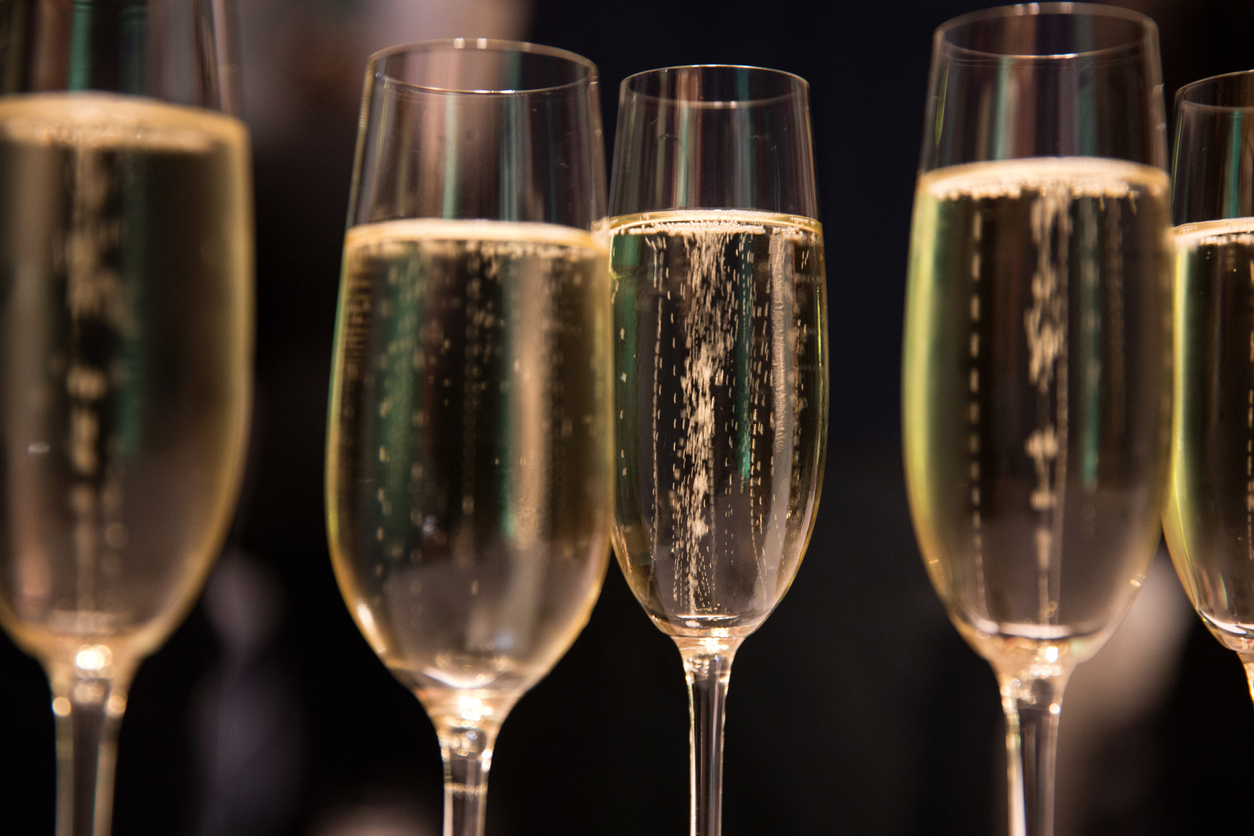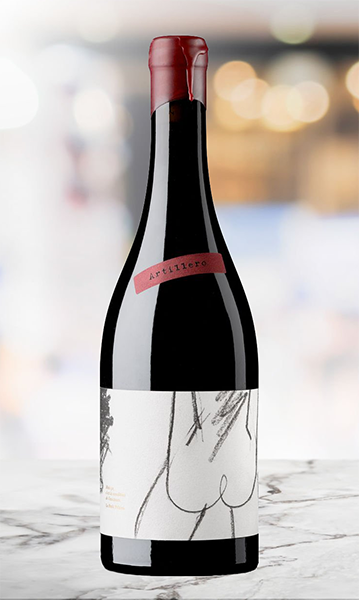
What’s the Difference Between Champagne vs. Prosecco ?
If you love bubbles, no doubt you’ve had your fair share of Champagne and Prosecco. And while both Champagne and Prosecco are fizzy, festive, and delightful, there are a few significant differences between them, and today we’re going to look at what they are.
1. Price
Probably the first thing you’ll notice is that Prosecco is a lot more affordable than Champagne. But why is that? The answer comes down to how the wine is made.
In Champagne, the wine goes through two separate fermentations. The first produces a still wine, which is bottled in preparation for the next stage. Once the wine is bottled, it is inoculated with live yeast and sugar, capped, and set cap-down into a “pupitre,” or desk, where it will remain until it is ready. Each day, a worker comes down to the cellar and “riddles” the bottles, turning them each by hand to dislodge the yeast, which is hard at work making the bubbles we know and love. When the wine is ready, it is disgorged, meaning the crown cap is removed, along with the spent yeast in the bottle. It is then topped up with a wine at the level of sweetness they want the Champagne to be, corked, caged, and labeled, then sent to rest a while longer before shipping out for sale.
Prosecco uses the Charmat method, which is a way to make sparkling wine in bulk. The process is the same, except the second ferment takes place in a large, closed tank. It is far less labor-intensive; therefore, the resulting product is less expensive.
2. Country of Origin
Champagne is only called Champagne if made in the Champagne region of France using the method described above, also called “méthode traditionnelle.” Prosecco is made in Italy and has a large geographical region that spans nine provinces in the Veneto and Friuli.
3. Allowed Grapes
Three grape varieties are allowed in Champagne, namely chardonnay, pinot noir, and pinot meunier. The wine can be a blend (cuvée) of two or all three, or it can be 100% chardonnay (blanc de blancs) or all pinot (blanc de noirs).
Prosecco is made from the Prosecco grape, also known as Glera in other parts of Europe. Up to 15% “other grapes” are allowed, and these could include pinot bianco, pinot grigio, chardonnay, trebbiano, or pinot noir.
4. Bubbles
The pressure in a bottle of Champagne is about seven atmospheres, while your typical Prosecco is between two and four. That means that Champagne is inherently fizzier overall, though it does not mean it will stay fizzy longer.
5. Flavors and Aromas
The flavors and aromas in Champagne vary considerably depending on the winemaking technique, barrel strategy, age, and the grapes in the final cuvée. A typical Champagne nose is redolent of fresh brioche, pastry, almond, and toast, while the palate gives up melon, citrus, stone fruit, and cherry.
Prosecco is often more floral on the nose, showing flavors of honeydew melon, pear, and green apple on the palate.
What’s Your Bubble?
For everyday sipping, Sunday brunch, or toasting good fortune and friendship, there’s nothing quite a cold, lively glass of Prosecco. Of course, if you can afford to drink Champagne every day, we toast you! For the rest of us, Prosecco will have to do.
If you’re a Prosecco or Champagne lover—or if you have one in your life—sign up for our Champagne-Sparkling Wine Subscription today. Cheers!



